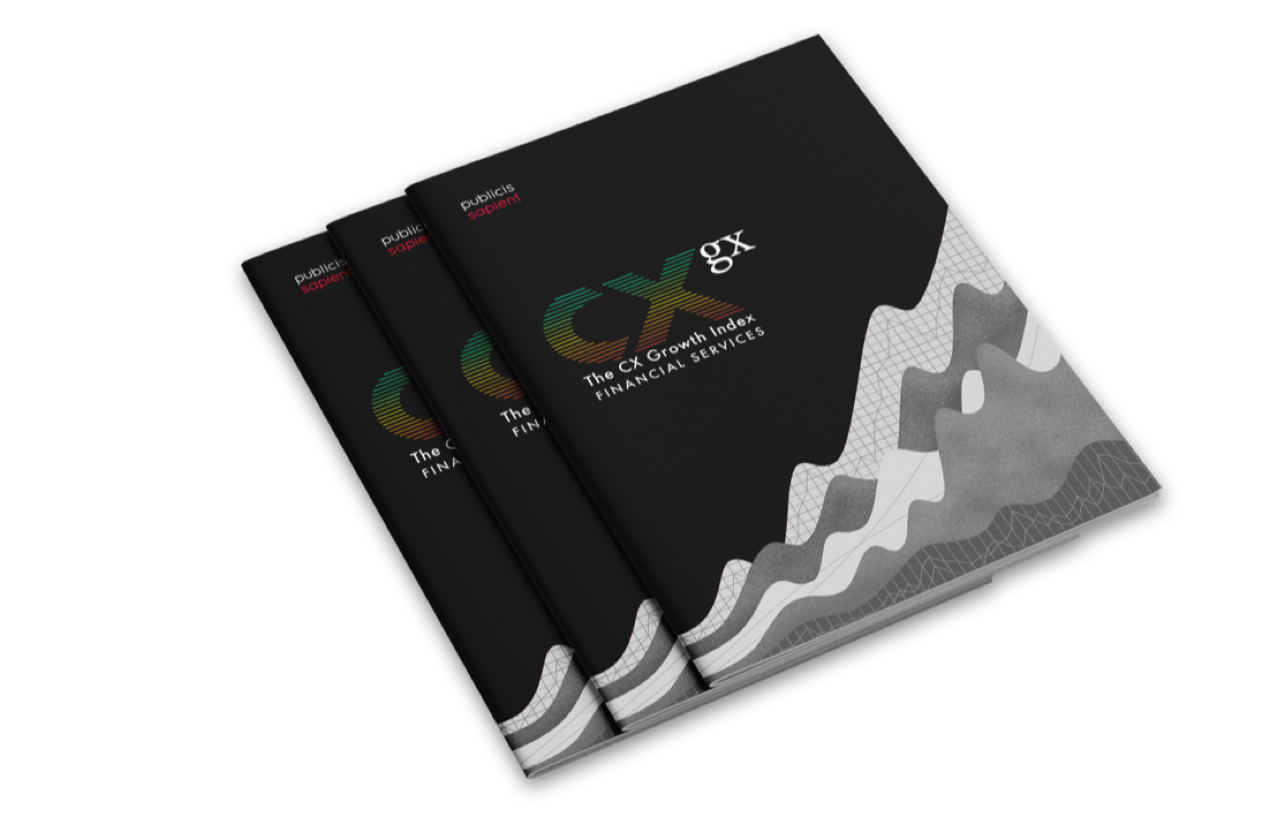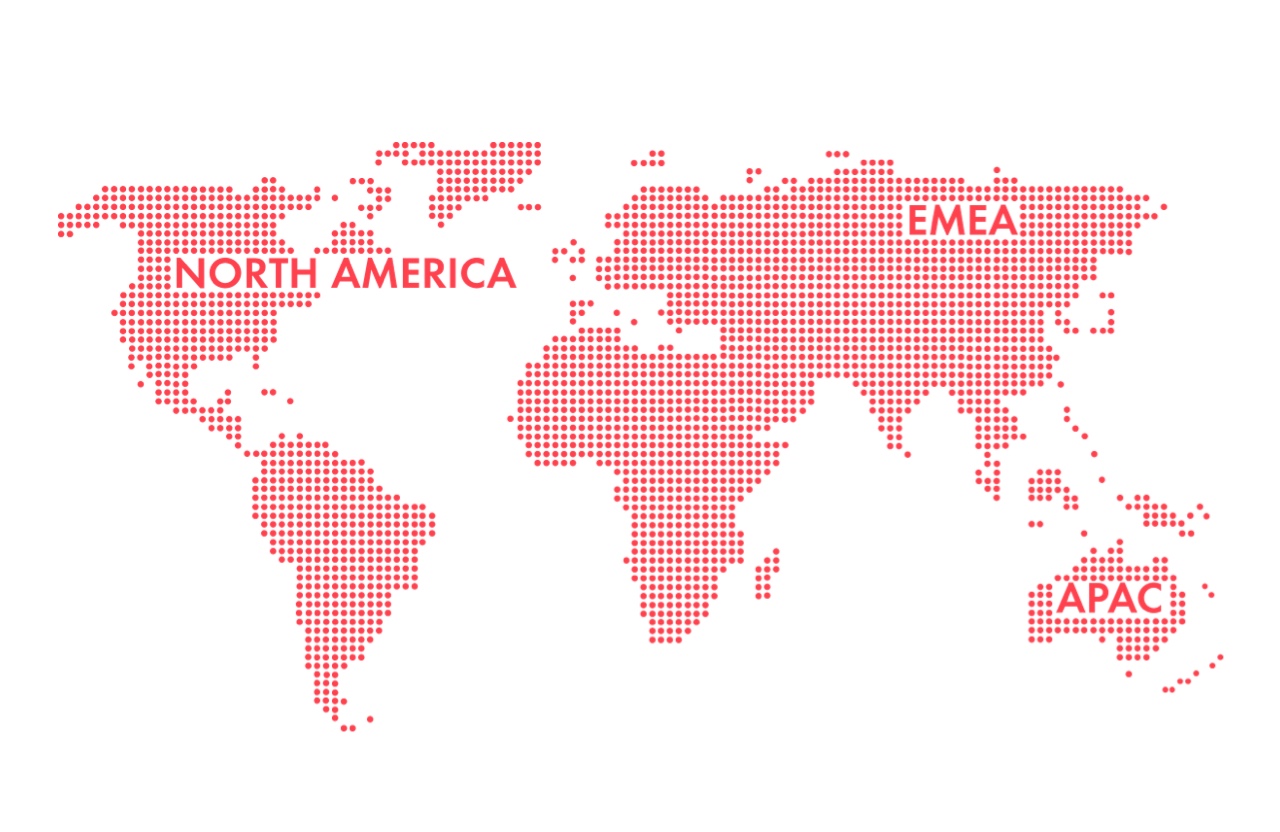What issue can we solve for you?
Type in your prompt above or try one of these suggestions
Suggested Prompt


Banks and financial institutions face dual pressure today: delivering a game-changing customer experience while prioritizing cost reduction and risk mitigation. How can they further invest in customer experience (CX) while also achieving operational cost-savings?
Despite doubts among some banking leaders, we firmly believe that investing in customer experience initiatives doesn't have to be at odds with cost reduction. In fact, optimizing customer experience can be one of the most effective ways to lower costs without sacrificing value.
1. Debunking the notion that cost optimization and customer-centricity are mutually exclusive
Cost is often driven by inefficient, inconsistent and duplicative business capabilities and processes. Streamlining these not only cuts costs but also enhances customer value. For example, customer service staff have more time to deal with complex client concerns if their time isn’t taken up by repetitive tasks.
According to the Customer Experience Growth Index (CXGX) developed by Publicis Sapient, high customer experience scores today are linked to a greater willingness among consumers to interact with a bank in the future. For banks looking to sustain or accelerate growth, this is an important insight.
Two factors affecting CXGX growth
1. This bank has an industry-worst desktop website experience but good performance in its mobile app. Migrating 5% of desktop website users to the mobile app would increase CXGX to 8.9 (+0.3).
2. Live chat has twice the CXGX of call centers, but roughly equal usage. Moving 5% of call center users to live chat would increase CXGX by 0.2 and reduce costs.
By optimizing performance through data-driven insights and evaluating which processes and procedures are truly needed, banks can enhance customer service while achieving remarkable cost-effectiveness. Spearheading this transformative approach are the proven methodologies of service design and human-centered design (HCD).
2. The legacy approach: A missed opportunity
Traditionally, the financial services industry has leaned into straightforward mechanisms like process streamlining or technology overhauls for cost refinement. Customer experience was relegated to the back seat, seen as more of a luxury than a core strategic element.
Although some organizations may claim to be customer-centric, there is still a failure to align their processes, structures and teams to a customer-centric approach.
At Publicis Sapient, we believe that a simple yet profound philosophy guides our approach: world-class customer experiences naturally lead to streamlined operations. By refining customer touchpoints, we see reduced error rates, diminished support overheads and a boost in overall operational efficiency.
Source: Global Banking Benchmark Study
We’ve been part of major programs where a customer-centric perspective transformed the way banks approach cost reduction, funding and allocation of resources. Instead of focusing solely on the operating model, this approach asks whether the solution or capability driving cost is even needed in the first place.
By putting the customer at the center of your decision-making, you can identify and remove any barriers to value delivery, ultimately leading to a more efficient and customer-centric organization.
Our commitment to this approach is underpinned by two transformative methodologies:
- Service Design's Macro Lens allows us to oversee the entire customer journey and lifecycle as we pinpoint inefficiencies and design strategies to address them, which translates to tangible cost savings. . This is where we find and eliminate zombie processes, channels and rework
- Our HCD’s User-Centric perspective ensures we are immersed in the user's world as we craft solutions that are instinctively user-centric, promoting smooth interactions, reducing bottlenecks, and minimizing operational issues
Uplifting user experiences reduces the dependency on support, translating to direct savings.
For example, consider the myriad of customer queries a bank receives daily about password resets. By simply refining the user experience with a self-service password reset feature that's easy to find and use, customers can resolve their issues without calling support. This reduction in call volume not only decreases operational costs but also frees up support teams to tackle more complex issues, enhancing overall service quality.
Another ever-increasing concern is online security. By understanding user behavior, a bank can introduce timely security prompts or multi-factor authentication during unusual or high-value transactions. By integrating these features based on user insights, the bank can mitigate the risks associated with fraud or unauthorized access, ensuring both the customer's and the institution's assets are secure.
Aligning design with the customer's journey and lifecycle, rather than confining it to operational compartments, manifests in organic efficiencies and streamlines for efficiency. There are many new ideas being developed regarding the loan application process, such as interactive document guidance and submission, real-time credit score visualization, instant scenario testing and emotion responsive feedback.
How CX boosts the bottom line
A wide body of research shows that optimizing customer experience directly correlates with heightened operational efficiency, diminished risk and significant cost savings. According to Gartner, 89 percent of companies across all sectors now compete primarily on customer experience, compared with just 36 percent in 2010. In a Forbes survey, 75 percent of companies said their top objective was to improve customer experience .
Public Sapient’s Global Banking Benchmark Study underlines this. For banks that are "transformation leaders,” 99 percent regard customer experience as a key metric. These banks are most focused on innovating core product streams (41 percent) and creating new products and services that blur the lines of traditional financial services offerings (37 percent).
Source: Global Banking Benchmark Study
During a visit to Australia, Matt Hopgood, global VP product management for Publicis Sapient, observed that banks that prioritize experience-led cost initiatives and leverage modern design crafts, such as service design, were better positioned for long-term success.
Amazon founder Jeff Bezos once observed: "If there’s one reason we have done better than our peers... it is because we have focused like a laser on customer experience."
Amazon itself is increasingly more than just a retailer. In recent years it has been expanding into financial services with Amazon Pay, Amazon Lending and various card partnerships. There’s speculation that it may eventually become its own bank—if so, its next-level CX and huge customer base could position it as a serious competitor against incumbents.
As the financial sector in Australia stands on the cusp of its next evolution, the nexus between top-tier customer experiences and operational prudence cannot be overlooked. Banks should not become complacent by resting on their past achievements but should rather continue to make improvements. We believe that if cost reduction efforts aren't experience-led, banks may find themselves in a lean, efficient but increasingly irrelevant business.
If your institution is ready to begin this transformative journey, our experienced team at Publicis Sapient is here to collaborate, guide and co-create with you. Let’s reimagine your operational and customer-centric evolution together.
Related Reading
-
![]()
How Lifecycle-Led Design Anchors to Financial Well-Being
Life-Integrated Finance: Australia's Path to Empowering Consumers Beyond Transactions
-
![]()
CXGX: The Customer Experience Growth Index
Identify the customer experiences that matter. View our report and discover how to maximize your ROI.
-
![]()
The Global State of Banking Transformation
Banks are facing regional challenges and priorities in their digital transformation. How do you become a transformation leader in your region?












